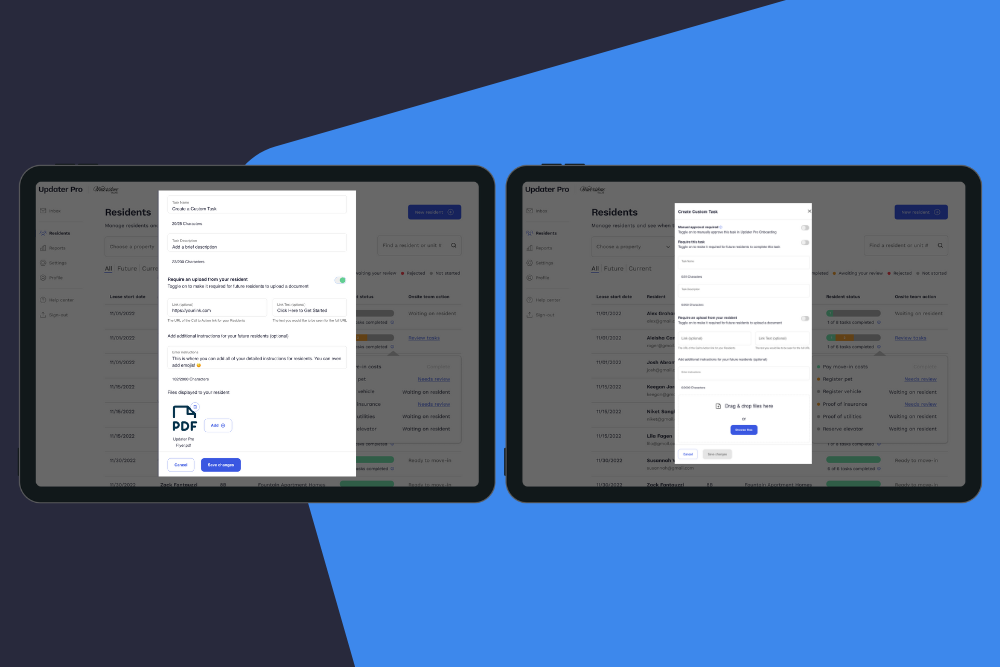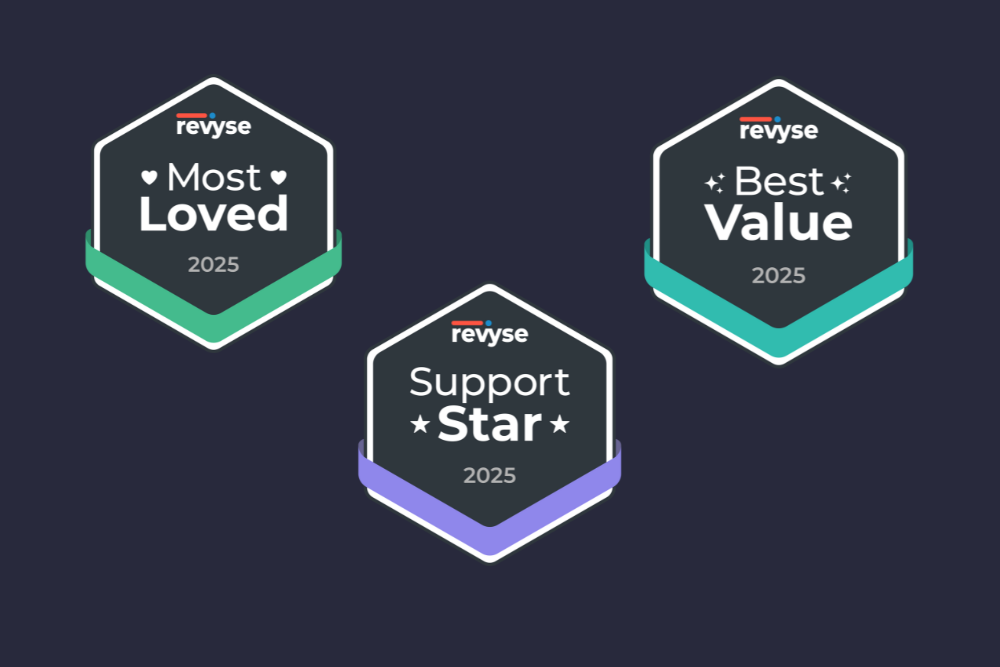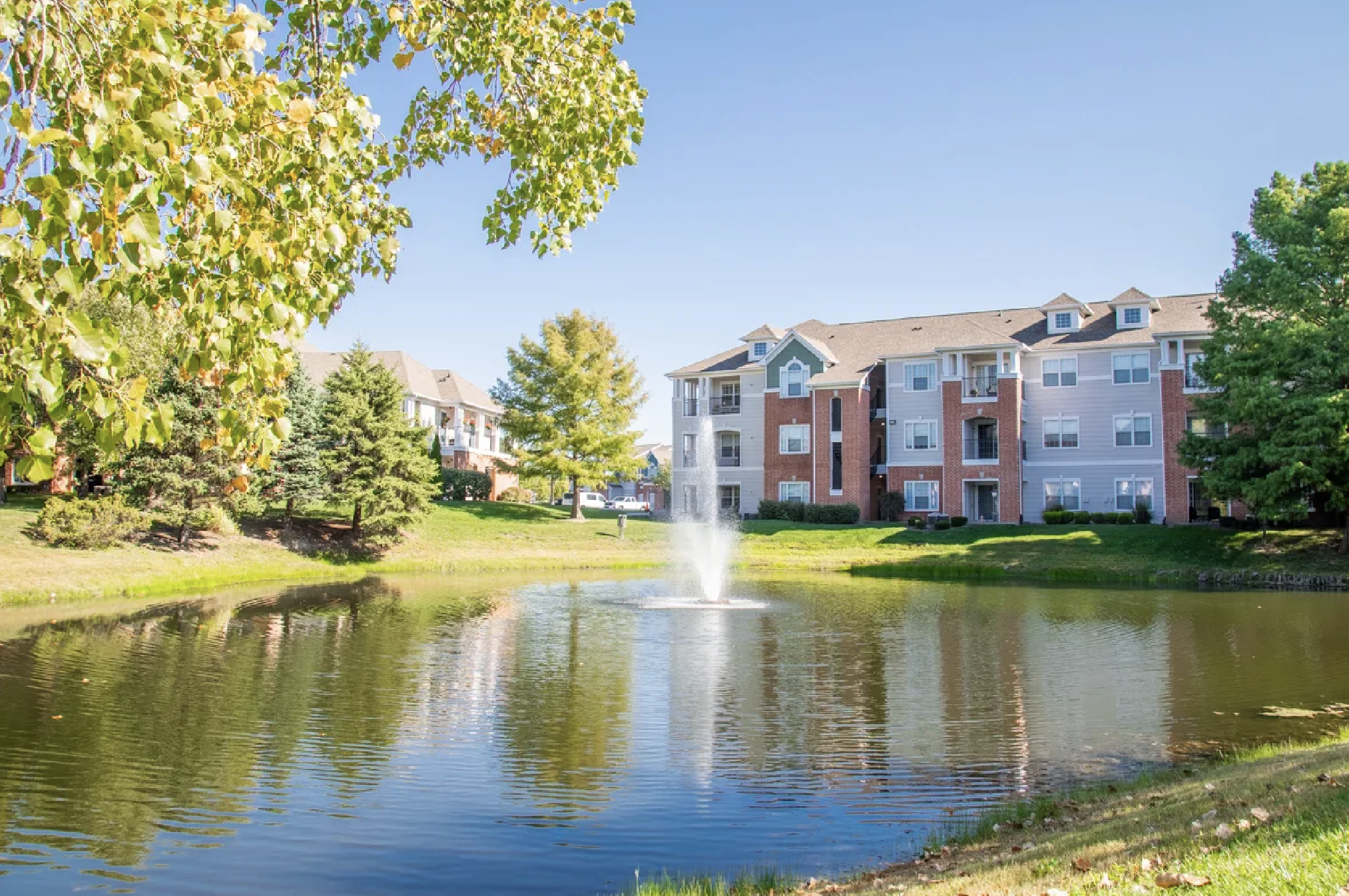Updater on Top Multifamily Trends to Watch in 2016
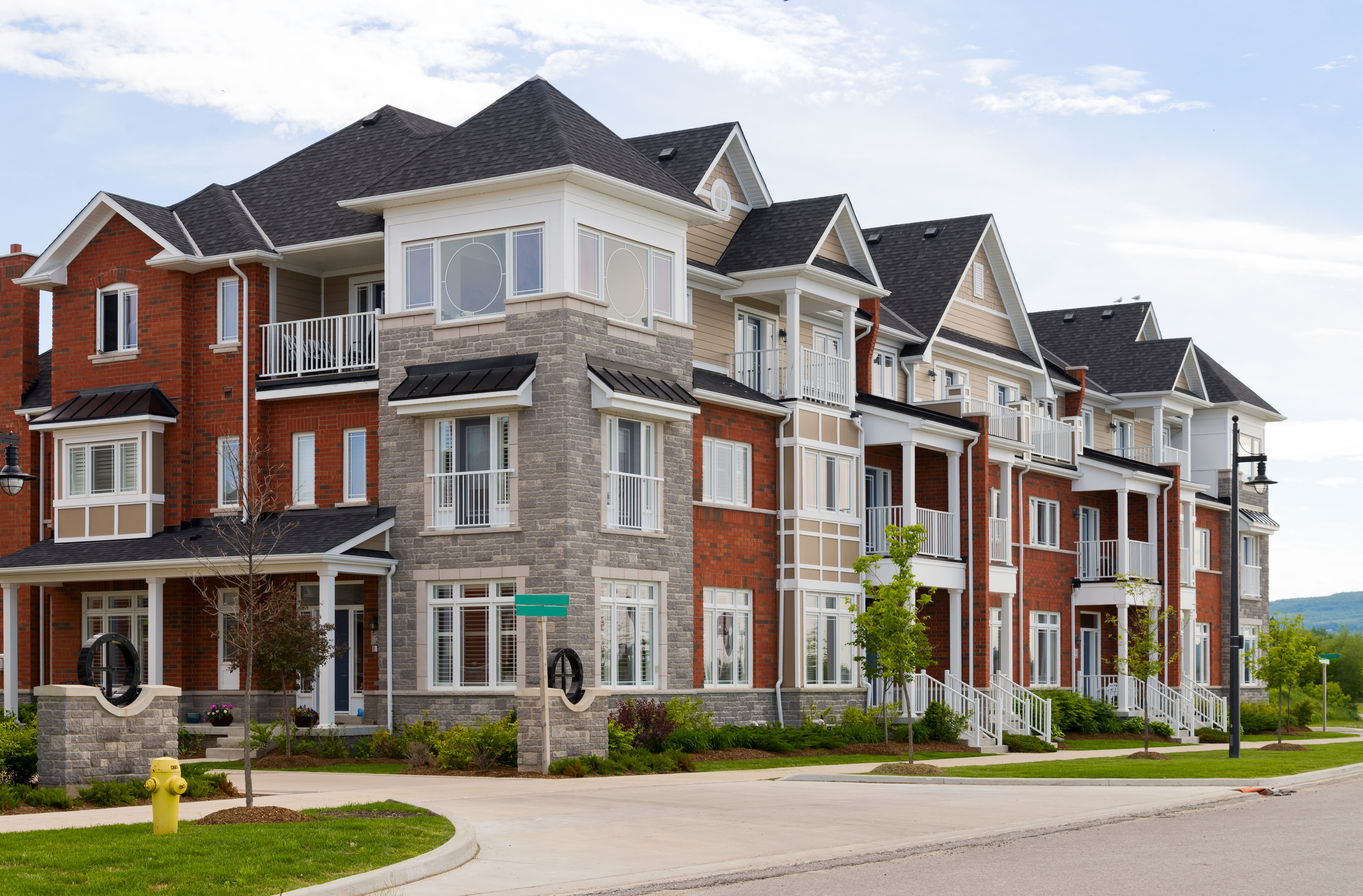
Phew – 2015 has been quite the year for the multifamily industry! The year kicked off to an auspicious start with the announcement in March that the apartment industry contributes a whopping $1.3 trillion to the economy every year. It’s a reminder of what we already know – that our industry touches the lives of millions of people across the country every day. In fact, the apartment industry services over 37 million apartment residents and supports 12 million total jobs throughout the U.S.
Aside from our impressive growth, it’s also been a year of real innovation for the industry. For the past few years, multifamily companies have learned that the way that we’ve always done it simply won’t cut it any longer. Instead, companies across the country have adapted their management styles to mirror national trends in the economy, technology, and even the American workforce.
While the multifamily industry is killing it in terms of innovation, we still have work to do. We need more housing. We need to improve resident satisfaction. We need to find better ways to connect with our millennial residents. And that’s just the start.
So, with 2015 almost behind us, here’s a look ahead at our favorite multifamily industry trends for 2016.
We better get building
While we may puff out our chests and boast that our industry is 19.7 million units strong, apartment demand continues to surpass supply. In fact, research commissioned by the National Multifamily Housing Council (NMHC) and the National Apartment Association (NAA) predicts that the industry will need to add an additional 300,000 to 400,000 units to the market every year to simply meet demand. And with rental markets showing few signs of slowing down – they have continued to tighten despite an increase in new construction – we have some serious building to do.

The amenities arms race is far from over
Yes, communities are adding new amenities, but they’re also iterating on those “tried and true” amenities that residents love.
For example, fitness centers – a time-tested resident favorite – aren’t just gyms anymore. They now offer cardio and strength training classes, personal trainers, and even smoothie bars. Likewise, bike amenities are no longer about having a spot to park the bike out front. Now, it’s about installing wall hooks for in-apartment bike storage, bike washing stations, and even on-site bike repair shops. In short, amenities are here to stay, and they’re getting more lavish. And more strange.

The 24-hour city is alive and well
That’s right – urban is in. In recent years, formerly sleepy cities such as Greenville, NC and Charleston, SC have shifted toward the 24/hour, “open for business” model, where a dense mix of stores, restaurants, and entertainment options allow residents to live and play in the city around the clock.
In response, we’re seeing renewed activity in multifamily construction in large metro areas; in fact, metro areas such as Nashville, Charlotte, San Antonio, and Dallas have ranked as the top new multifamily construction markets in 2015.
Better yet, several multifamily companies – even those located in suburban areas – have started to offer all the bells and whistles of downtown luxury high-rises, including bike amenities and on-site coffee shops, or amenities that capture the “downtown” vibe of cities across the country.

Resident retention efforts are paying off
In recent years, management companies have doubled down on their efforts to retain residents, winning their hearts through superior resident satisfaction and competitive amenity offerings.
And, at long last, it looks like it’s finally beginning to pay off. In August 2015, MPF Research reported that resident retention has continued on its 20-month run above 50%, even in spite of rent increases. While we should take a moment or two to pat ourselves on the back, we still have work to do.

A smooth move-in matters
At long last, multifamily companies have started to rescue residents from move-in, or what we call the “darker side of renting” around the Updater office.
Properties that offer Updater help their residents complete dreaded moving tasks like signing up for renters insurance, connecting utilities and home services, forwarding their mail, and much more. With over 400,000 units nationwide using Updater, multifamily companies of all shapes and sizes across the United States are investing in technology to streamline resident move-in for both residents and staff.

It might be time to cut the cable
As more residents consume TV entertainment through online streaming services like Netflix, cable is becoming more and more obsolete. On-site theaters – once hailed as the “in” amenity just a few years ago – have lost their stature at the top of the “must-have” amenities hit list. In short, residents are turning to their Netflix accounts to binge watch season after season of Orange is the New Black, rather than reclining in front of the big screen.
Following this trend, high-speed Internet is consistently ranked as the top multifamily amenity out there. In response, multifamily companies are beginning to invest in fiber optics and provide WiFi in common areas.

Beacon technology is catching fire
Beacon technology could be the next big thing for multifamily. Beacons use a Bluetooth connection to trigger push notifications, like special promotions or useful content, to nearby smartphones or tablets.
The revenue opportunity for multifamily is huge, as property managers could leverage beacon technology to geo-target residents and offer them special promotions. For example, a beacon could send a push notification to residents who are getting their nails done in your salon (Think: “Get a massage in the next 30 minutes, and we’ll knock $5 off the package!”).

Property tours? There’s an app for that
Online streaming apps took the multifamily industry by storm earlier this year. More and more, leasing agents are trading overcrowded property tours for online streaming apps like Periscope that allow prospective residents to tune into their channel for a real-time tour (think of it almost like channel surfing for property tours).
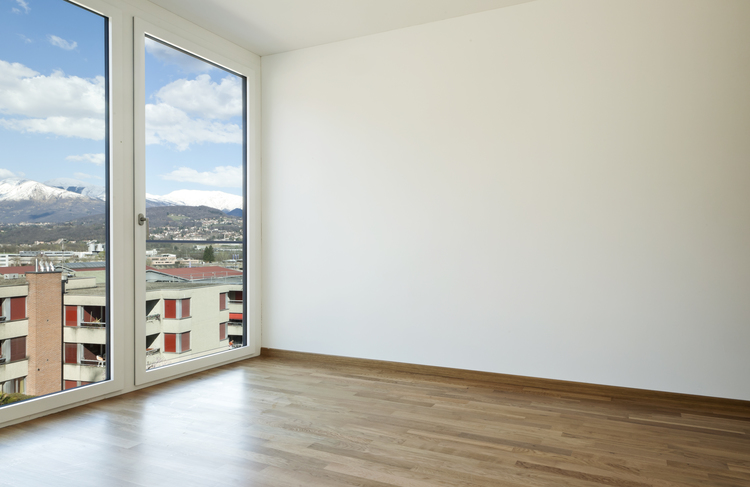
While tuning in for a virtual “grand tour” may not be every resident’s cup of tea, industry advocates argue that live streaming alleviates crowded tours and is a low-pressure way for interested residents to sniff out the property. Better yet, some communities have even leveraged live streaming to give behind-the-scenes tours of new developments. In fact, one property in D.C. even managed to generate a 90+ person waitlist!
Our software is learning to play nicely with one another
It’s been a big year for software integrations. Core property management softwares have started to integrate with third party softwares to deliver even more value to their residents. For example, MRI integrated with ClickPay, a third-party software that streamlines electronic bill presentation and payment processing just last year. At Updater, we’ve integrated with some of the top multifamily software on the market.
And while we’ve made serious strides, our products should continue to play nicely, communicate intelligently, and speak instantly with one another in 2016. Why? Simply put, integrating with other software providers is an incredible opportunity to expand your product’s functionality and innovate at scale. By partnering up, you’ll not only build solid connections and partnerships with other key players in the industry, but you’ll also have the opportunity to scale your business in multiple – and sometimes unexpected – directions. Our clients are craving solutions that fit their need, and there’s no time like the present to jump right in and partner up!

Coworking spaces are in
In 2015, over 2.5% of the American workforce, or 3.7 million people, worked from home at least half of the time, a 103% increase since 2005. As the workforce composition evolves, multifamily companies across the country have adapted their amenities to mirror this trend.
With an influx of telecommuters, multifamily properties now come equipped with reliable WiFi in communal spaces, conference rooms, and luxury business centers outfitted with printers and computers. What’s more, multifamily companies have even started to invest in co-working spaces where residents live and work. For example, Vornado Realty Trust in New York City has partnered with WeWork, a network of shared office space, to create a residential and work community called WeLive. At WeLive, residents will live in “micro apartments,” outfitted with communal spaces, kitchens, libraries, and indoor gardens.

As we look forward to what’s next, we can’t wait to see where else the industry will take us over the next year. Personal robots to help with packing? Golf simulators in every unit? We hope so. Until then, it’s full speed ahead – we’re ready, 2016!
What are you anticipating for 2016? Let us know in the comments below!
More Industry Insights

Five leadership lessons multifamily can steal from sales (courtesy of Kevin Ducey’s conversation with Tony Sousa)
15 December 2025

What great sales leadership can teach multifamily about resident satisfaction
15 December 2025










